
Connecting lower social economic class with the digital ecosystem through feature phones
Project Overview
Problem
With a boom in digitization during the pandemic, and high internet penetration there's still a high volume of cash payments. Understand and design solutions for individuals in the lower social-economic class using feature phones (not smartphones), that will enable them to connect with the digital ecosystem.
Solution
The goal of the project was to design a KaiOS mobile feature phone application that allows the lower SEC class to order goods online without using smartphones.
Duration
- 12 Weeks
- Oct 2021 - Dec 2021
Project Type
- AssemblyF capstone project supervised by Senior UX Researcher Creditbook
Tools Used
- Google Docs
- Figma
- Figjam
Team
- Personal Project
My Role
I as a product designer was responsible for designing the app, realizing the vision and validating the feasibility of the concept.
What I Did
- Lead the product vision and strategy
- Lead the visual design for the entire KaiOS app.
- Designed UI kit
- Lead the user research and strategy
- Conducted usability testing session to check the feasibility of idea.
- Final Presentation to a panel of Judges
Background
Pakistan is an emerging mobile economy, with digital technologies beginning to transform the way people live and work. For a growing number of citizens, digital platforms have become the primary channel for accessing public and private services. However, Pakistan still has a sizeable ‘coverage gap’ and lags behind peers in certain areas; for example, mobile broadbands accounts for less than five in 10 mobile connections. Pakistan also scored 39.8 in the GSMA’s latest Mobile Connectivity Index, compared to an average of 45.7 for South Asia.
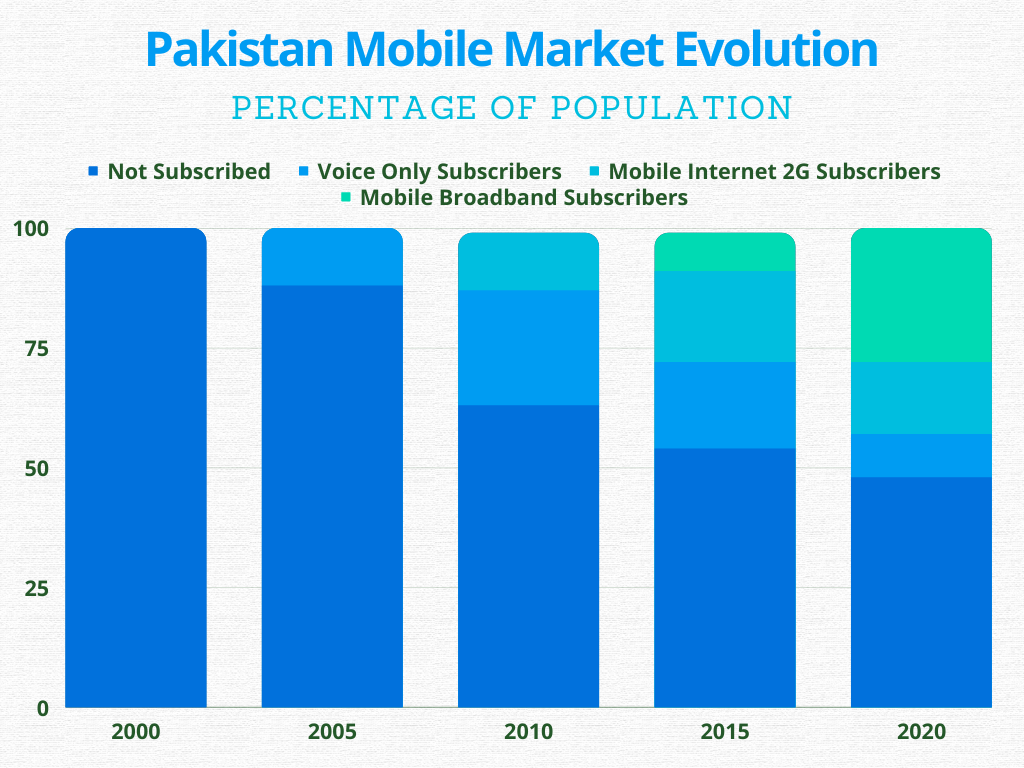
Key Insights
More than 50% of the population does not own smartphones.
Only 30% Pakistan's population is exposed to the power of mobile internet.
Smartphones are expensive and data plans cost too much
Research Goal
The goal of research was to identify and understand the existing problems that stop lower SEC class from adopting digital Pakistan. The research revealed that cost of smartphones are way over the budget, and due to lack of knowledge they are unable to maximize the power of smartphone. The biggest reason that proved to be a hinderance was that they had a low average income. That suggested an opportunity for introducing cheap smart feature phone that will help them harness the benefits of digital Pakistan.
The Process
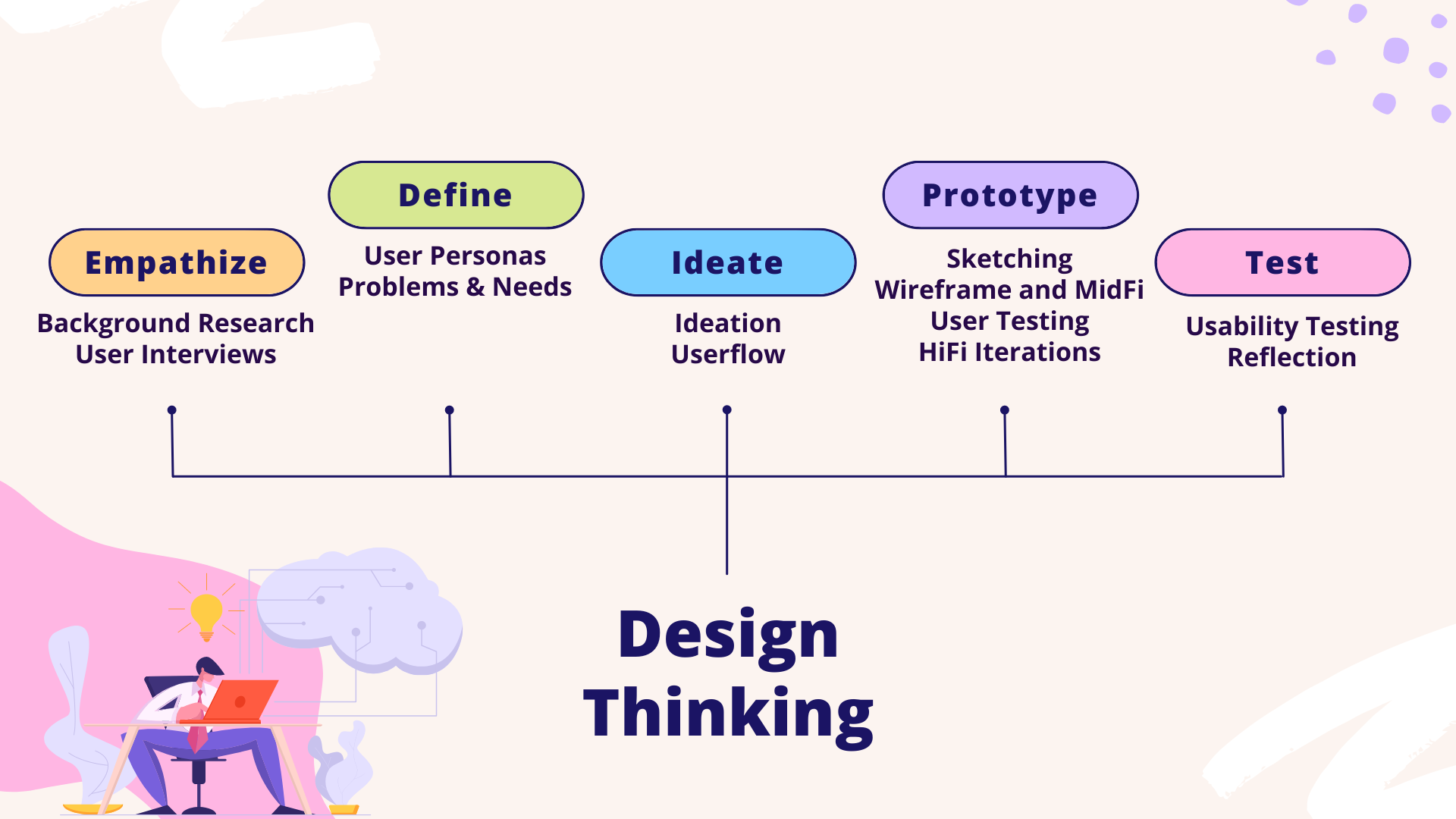
Primary Research
It’s important as a designer to build empathy with our end users. By talking and listening to them allowed me to understand the pain why they are unable to enter the digital ecosystem. Therefore, I conducted 4 1:1 qualitative user interviews to learn more about the user problems.
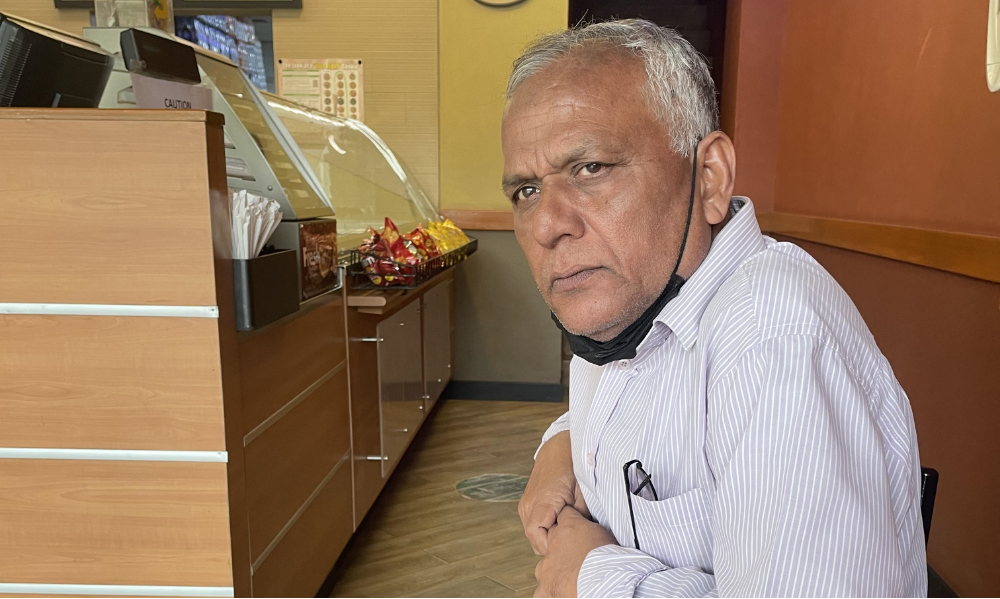
Pain Points
Due to lack of income
Due to lack of knowledge/awareness
Users thought that they need card to buy
Due to poor law and order situation
Users bias based on previous experience
User Persona
To synthesize my findings and empathize with my interviewees, I created a persona based on the insights gained in the interview stage. The persona allowed me to combine the pain points into a distinct use case which helped me to confidently ideate better solutions.
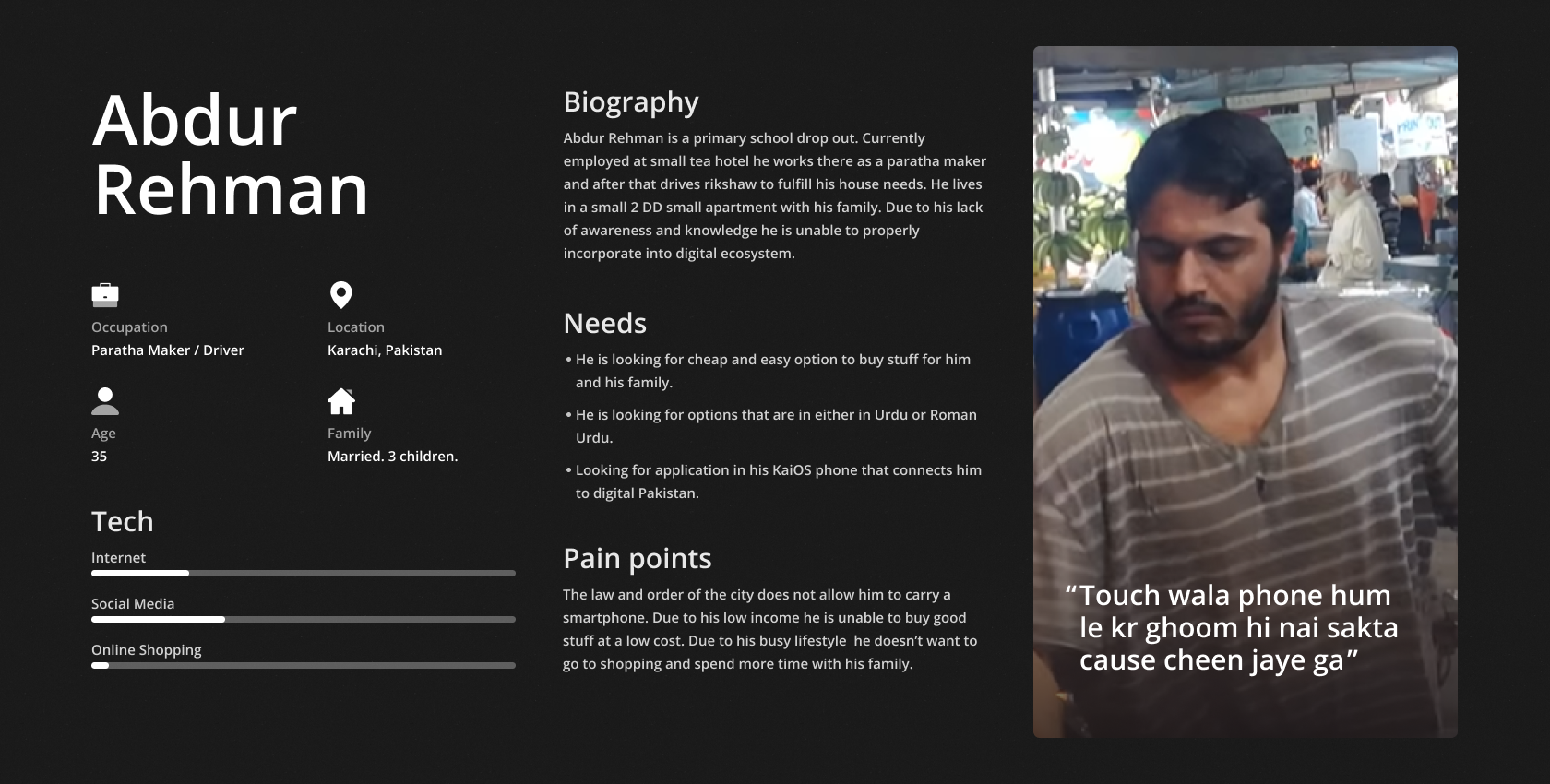
Reframed Design Question
The above findings helped us further narrow down our problem statement, so we came up with our final design question:
Ideation
The idea behind this design was to build a experience that makes the online shopping more accessible, and more interactive to the lower SEC class. Therefore I reached out to two users and asked them to vote the best idea. By using priority matrix I was able to finalize the idea.
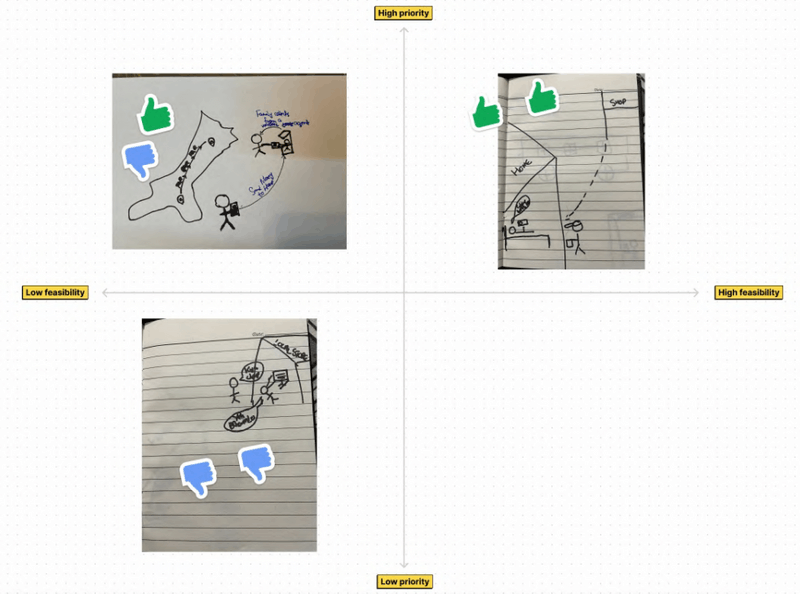
User Flow
I created some key user flow maps in order to evaluate and optimize the user experience of purchasing an item, and tracking a order.
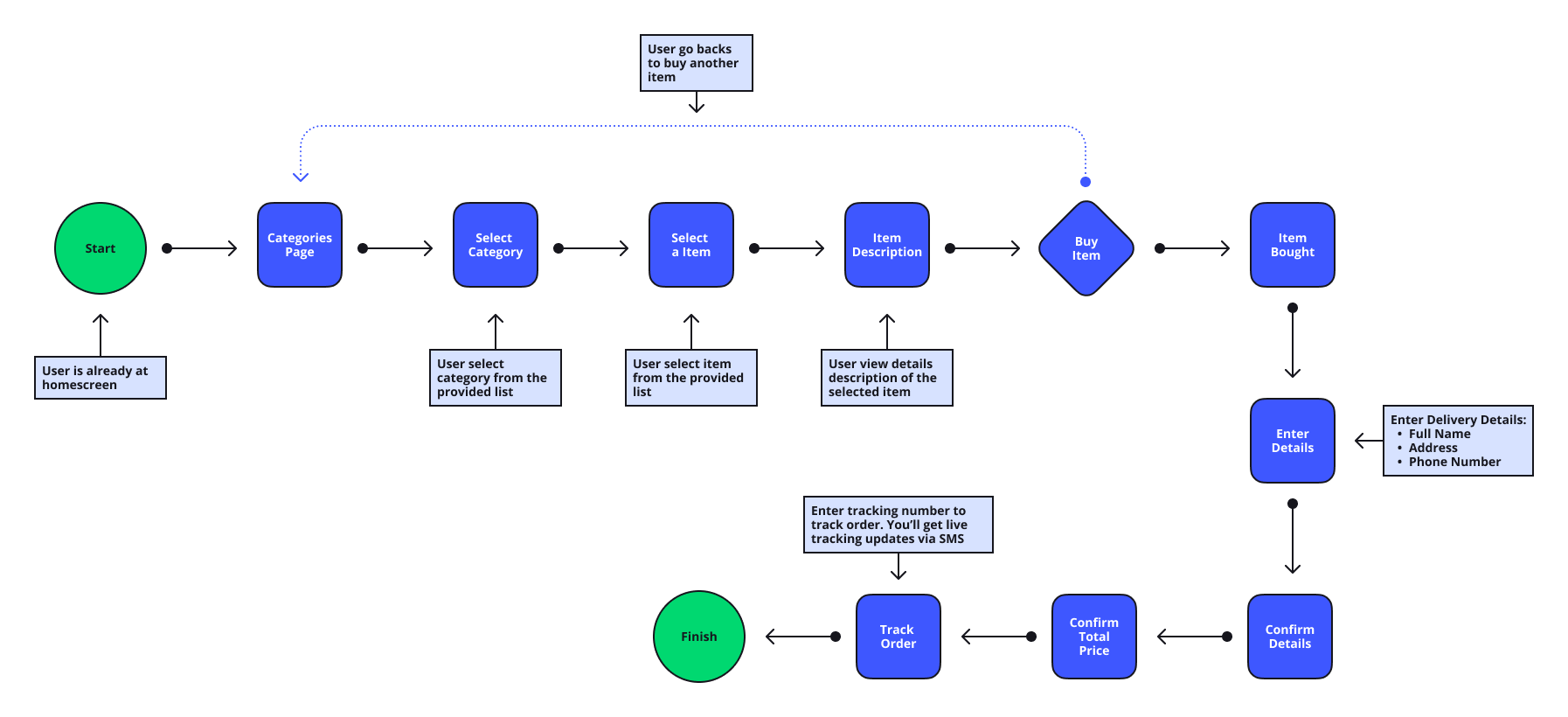
Designing Solution
Low Fidelity
Before embarking onto preliminary user testing and high fidelity mockups, I brainstormed on potential UI designs, illustrating wireframes to get a feel for the app and its core features.
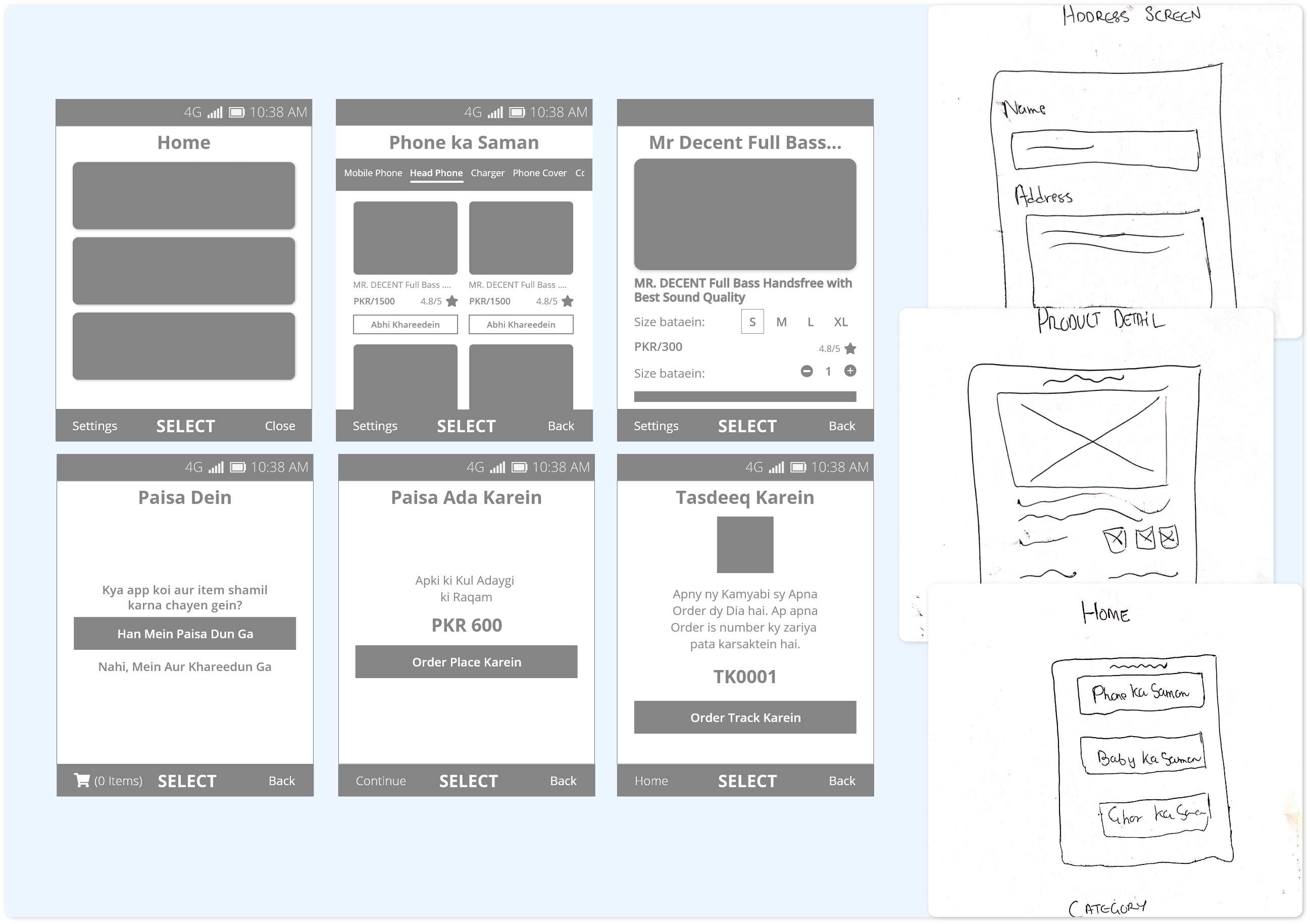
High Fidelity
With this flow in mind, I went on to create the digitalized high-fidelity mockups on AdobexD. I skipped mid-fidelity because my persona were not tech savy and I didn't want to overwhelm them. I conducted usability testing on 4 users
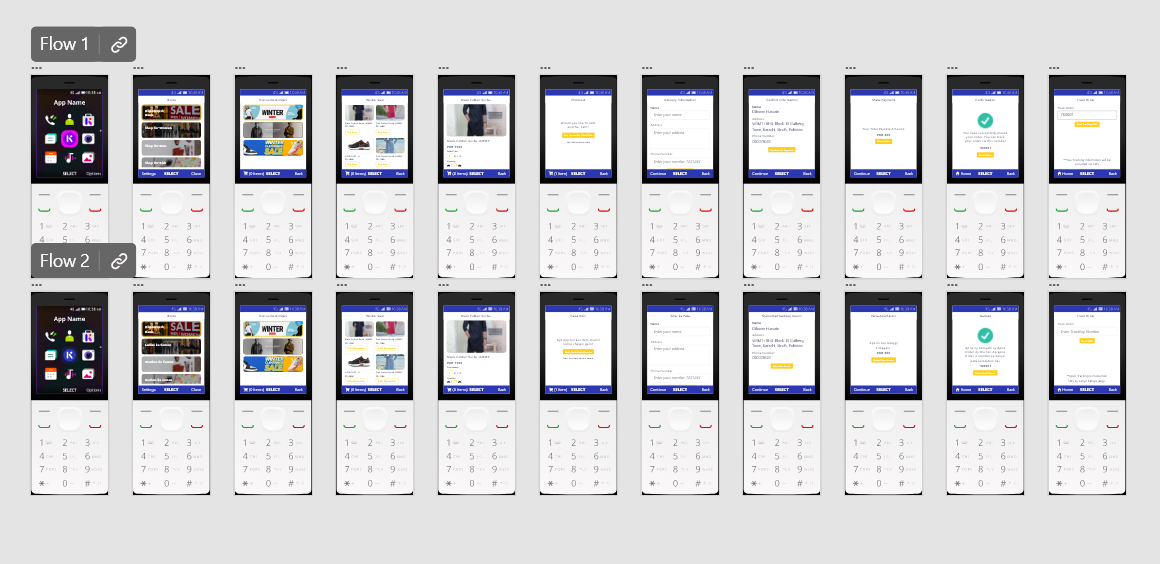
Usability Testing Findings
- Users were unable to understand majority of the content because it was in english and there was a major language barrier
- Users were unable to relate with the images used on the cards.
- Major accessibility issues were spotted by users on CTAs and cards.
- I introduced Roman Urdu to reduce language barrier
- Instead of images switched to illustrations that could relate to target audience
- Everything was then run under WCAG rules to fix the accessibility issues
Final Solution
Based on the results, I fixed the accessability issues finalized on the final design. With these design decisions in place, I was ready to create the full prototype.
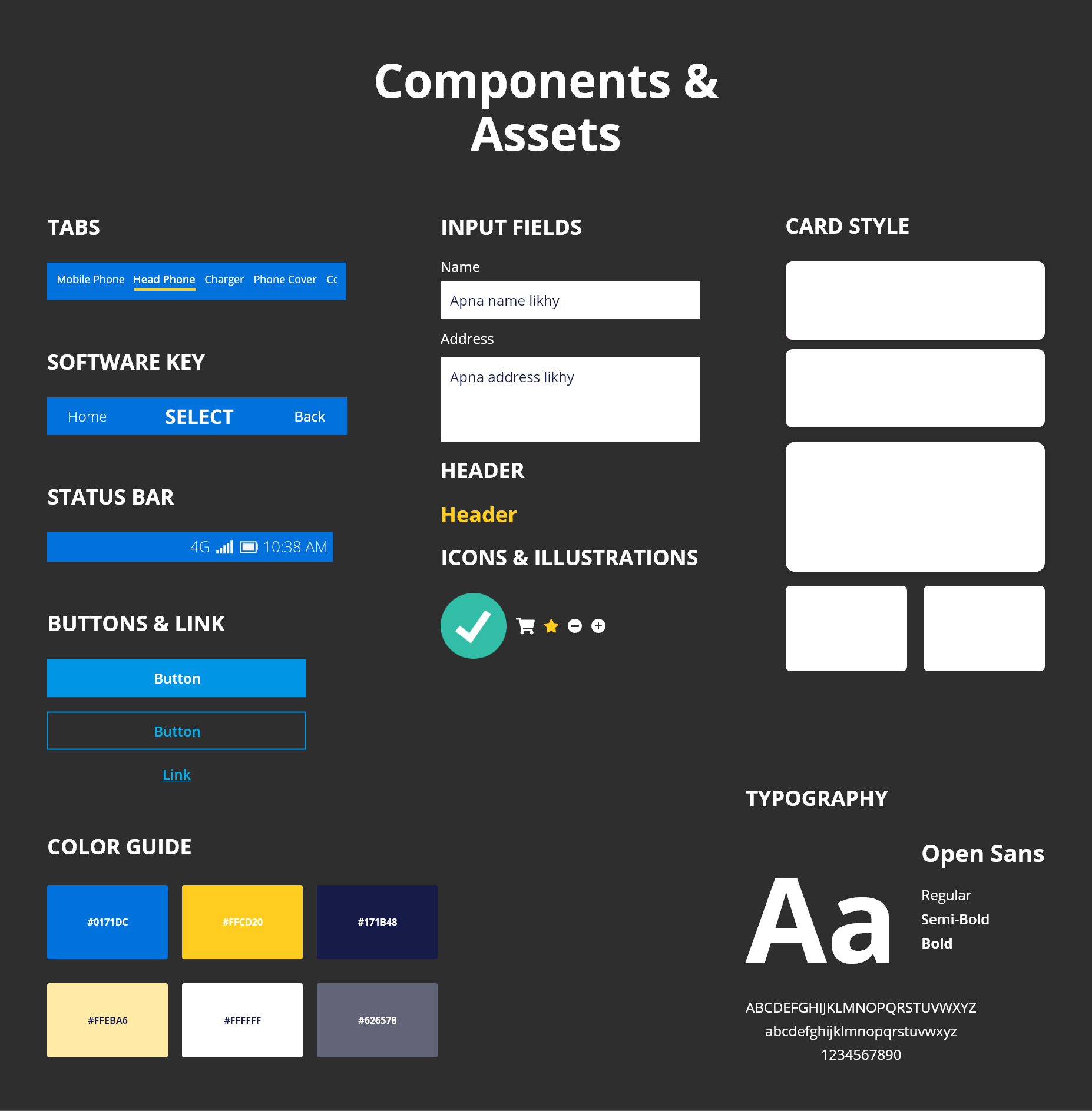
Reflection as a designer
- Creating an app from scratch as a designer is super rewarding. I got the experience to compile research, conduct interaction testing, and craft high-fidelity interfaces. Through the process, I realized a great product needs to be buttressed by qualitative data, clear user flow, and lots of user feedback.
- The purpose of Quicker is to enable lower SEC class enjoy the power of digital ecommerce and make their lives better via using smart feature phones.
- This was my first time working on a KaiOS application and it was really fun to design experience for such small screens.